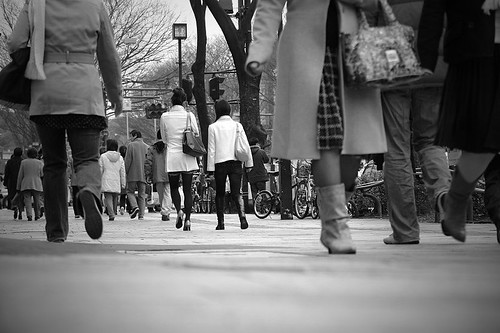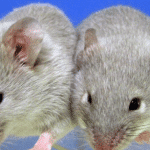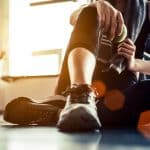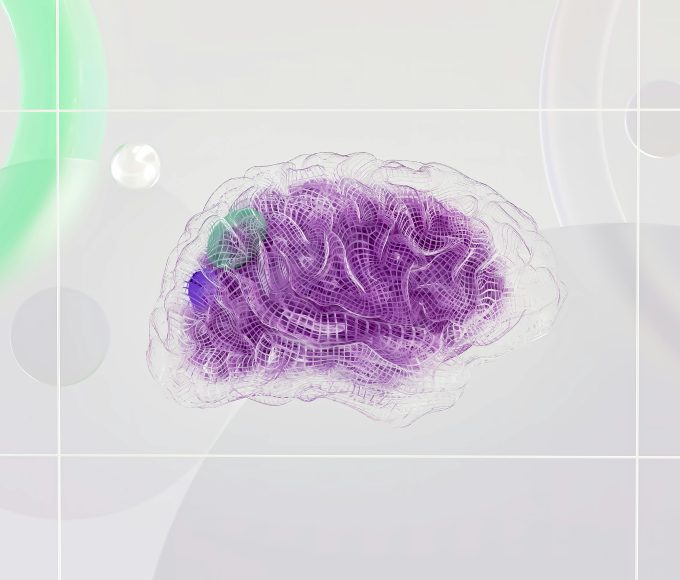 While most people continue to be heavily reliant on their cars, you may have every reason to choose another form of travel when you need to get to and from work or carry out errands on any given day. Taking another form of transportation, or even walking, can provide you with benefits that most car drivers have never before experienced. As you consider whether or not to give up your daily car rides, you may consider the benefits of other modes of transportation and how they can help you live a happier and safer life.
While most people continue to be heavily reliant on their cars, you may have every reason to choose another form of travel when you need to get to and from work or carry out errands on any given day. Taking another form of transportation, or even walking, can provide you with benefits that most car drivers have never before experienced. As you consider whether or not to give up your daily car rides, you may consider the benefits of other modes of transportation and how they can help you live a happier and safer life.
Biking and Walking for Exercise
If you live within a reasonable distance from work, school, and shopping destinations, you may choose to bike or walk to and from these places. Biking can be a quick way to get to these locations while providing you with a unique way to exercise your arms, legs, and abdomen. Like any rigorous cardio activity, once you become accustomed to biking, you’ll notice an increase in muscle strength and energy levels and a loss of body fat.
The same exercise benefit can be enjoyed with walking. Walking is one of doctors’ preferred exercises because it works out the heart, lungs, and muscles, all the while providing a safe and effective way to get into shape and lose weight. Just about everyone can enjoy walking; this exercise can also be enjoyed at your own pace without having to feel pressured to keep up with others. In time, you will notice that you can walk faster, have more energy, better circulation, and enjoy a trimmer waistline from your daily walks.
Cheaper than Driving
Walking and biking also are much cheaper ways to get around town than driving. In fact, studies have shown that car ownership is at an all-time high in this country. In addition to having to spend thousands of dollars buying a car, you also must spend upwards of $3000 or more, depending on the state you live in, to keep and maintain your vehicle. You could be spending money on gasoline, maintenance and repair expenses, and taxes on a vehicle that overall strains your budget. You can save yourself this expense and minimize your ownership costs by walking or biking to and from your daily travel locations.
Increased Safety
Studies have also shown that car accidents continue to be a public safety issue in this country. Statistics suggest that 3 out of every 1 million people are hurt or killed in car accidents during any given month. While that number may seem relatively low, it adds up to thousands of people being hurt or killed in car wrecks each year. When you drive your car, there is no way to guarantee your safety or that of your passengers. When you bike or walk, however, the chances of being hurt are much lower.
Cases of Injury
Safety on foot or bicycle is still paramount on today’s streets. Even though your chances of being hurt are lower when you walk or bike, if you are hit the results could be severe. “In many cases, this type of an accident can become fatal,” advises one Houston car accident lawyers firm. If a motorist crashes into you or if another bicyclist causes you to wreck your own bike, you may have legal recourse to take action against that individual. If you are hurt while enjoying these other forms of transportation, help can be found by contacting an experienced personal injury or accident lawyer.
Car ownership and car safety continue to be issues with which the public must deal. You can avoid the rising cost of owning a car, the dangers of driving on busy roadways, and enjoy the health benefits of walking or biking when you opt for another mode of transportation every day.
Living in a traffic congested city, health and environmentally conscious mom Molly Pearce shares this article to remind readers that they have options when it comes to getting around that can be beneficial in numerous ways. She jumps at the chance to opt for a walk or bike ride, especially, after witnessing countless highway accidents on trips to and from city engagements. Any legal counsel, from Houston car accident lawyers to Seattle injury attorneys, will agree that car accidents are on the rise right along with pollution, obesity, and traffic jams.













